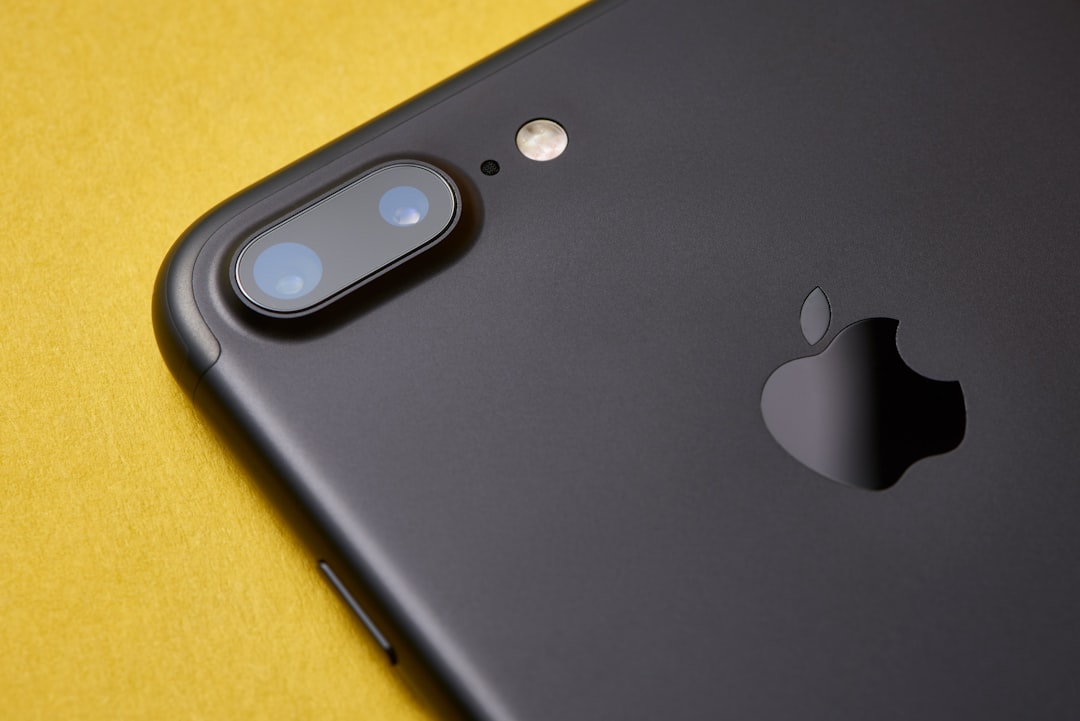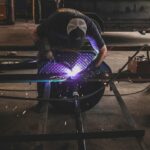At-home laser hair reduction is a popular method for removing unwanted body hair. This process involves using a handheld device that emits a concentrated beam of light to target the hair follicles. The light is absorbed by the pigment in the hair, which then damages the follicle and inhibits future hair growth. This method is often preferred by individuals who want to achieve long-term hair reduction without the hassle of frequent salon visits or expensive professional treatments.
The at-home laser hair reduction devices are designed to be user-friendly and safe for personal use. They typically come with different intensity settings to accommodate various skin tones and hair types. It’s important to note that at-home laser hair reduction is not the same as professional laser hair removal, which is performed by trained technicians using more powerful and precise equipment. However, with consistent and proper use, at-home devices can provide effective results for many individuals.
Key Takeaways
- At-home laser hair reduction uses handheld devices to target hair follicles and reduce hair growth over time.
- Studies have shown that at-home laser hair reduction can be effective in reducing hair growth, but results may vary depending on individual factors such as skin tone and hair color.
- Safety considerations for at-home laser hair reduction include following instructions carefully, conducting a patch test, and avoiding use on certain skin types or areas.
- At-home laser hair reduction may be more convenient and cost-effective than professional treatments, but professional treatments may offer more consistent and long-lasting results.
- Tips for successful at-home laser hair reduction include shaving before treatment, using the device on clean and dry skin, and being consistent with treatment sessions.
- Potential risks and side effects of at-home laser hair reduction may include skin irritation, burns, and changes in skin pigmentation.
- Ultimately, the decision of whether at-home laser hair reduction is worth it depends on individual preferences, budget, and willingness to follow safety guidelines for effective and safe treatment.
Effectiveness of At-Home Laser Hair Reduction
Many users have reported positive results with at-home laser hair reduction devices. With regular use over several weeks or months, these devices can significantly reduce hair growth in the targeted areas. However, it’s important to manage expectations and understand that complete hair removal may not be achievable with at-home devices. Instead, most users experience a noticeable reduction in hair density and thickness, resulting in smoother and softer skin.
The effectiveness of at-home laser hair reduction can vary depending on individual factors such as skin tone, hair color, and the consistency of device usage. Dark, coarse hair on light skin tends to respond best to laser treatment, while lighter hair colors may require more sessions to achieve desired results. Additionally, it’s crucial to follow the recommended treatment schedule and use the device as directed to maximize effectiveness.
Safety Considerations for At-Home Laser Hair Reduction
When using at-home laser hair reduction devices, safety should be a top priority. It’s essential to carefully read and follow the manufacturer’s instructions to minimize the risk of adverse effects. Most devices come with built-in safety features such as skin tone sensors and skin contact sensors to ensure safe and effective treatment. Users should also wear protective eyewear provided with the device to shield their eyes from the intense light.
It’s important to note that at-home laser hair reduction may not be suitable for everyone, especially individuals with certain medical conditions or skin sensitivities. Consulting a healthcare professional before starting treatment is recommended, particularly for those with a history of skin disorders, keloid scarring, or autoimmune diseases. Additionally, pregnant women should avoid using at-home laser hair reduction devices due to potential risks to the fetus.
Comparing At-Home Laser Hair Reduction to Professional Treatments
| Treatment Type | At-Home Laser Hair Reduction | Professional Treatments |
|---|---|---|
| Cost | Lower initial cost | Higher initial cost |
| Time | Takes longer to see results | Quicker results |
| Safety | May have more risks if not used properly | Performed by trained professionals |
| Convenience | Can be done at home | Requires appointments at a clinic |
At-home laser hair reduction offers convenience and cost savings compared to professional treatments, but there are some key differences to consider. Professional laser hair removal is typically performed by trained technicians using medical-grade equipment that delivers more precise and powerful light energy. This allows for faster and more effective results, making it a preferred choice for individuals seeking permanent hair removal.
On the other hand, at-home laser hair reduction devices are designed for personal use and may require more time and patience to achieve desired results. While they may not be as potent as professional treatments, at-home devices offer the flexibility of treating multiple body areas in the comfort of one’s home. Additionally, they can be a more affordable option for those who are unable to commit to multiple sessions at a professional clinic.
Tips for Successful At-Home Laser Hair Reduction
To maximize the effectiveness of at-home laser hair reduction, there are several tips to keep in mind. First, it’s crucial to shave the treatment area before using the device to ensure that the light energy is absorbed by the hair follicles rather than the surface hair. Consistent and regular use of the device according to the recommended treatment schedule is also essential for achieving optimal results.
It’s important to be patient and realistic about the timeline for seeing results with at-home laser hair reduction. While some users may notice a reduction in hair growth after just a few sessions, others may require several months of consistent treatment before experiencing significant changes. Additionally, maintaining good skincare practices and protecting treated areas from sun exposure can help enhance the effectiveness of at-home laser hair reduction.
Potential Risks and Side Effects of At-Home Laser Hair Reduction

While at-home laser hair reduction is generally considered safe when used as directed, there are potential risks and side effects to be aware of. Some users may experience temporary skin irritation, redness, or mild discomfort during or after treatment. These effects typically subside within a few hours or days and can be managed with soothing skincare products or cold compresses.
In rare cases, more serious side effects such as burns, blisters, or changes in skin pigmentation may occur if the device is used improperly or on unsuitable skin types. It’s important to perform a patch test on a small area of skin before starting full treatment to assess how the skin responds to the device. If any concerning side effects arise, it’s crucial to discontinue use and seek medical advice.
Is At-Home Laser Hair Reduction Worth It?
At-home laser hair reduction can be a convenient and effective option for individuals looking to achieve long-term hair reduction without the commitment of professional treatments. With proper use and realistic expectations, many users have experienced positive results in reducing unwanted body hair. However, it’s important to prioritize safety and carefully follow the manufacturer’s guidelines to minimize potential risks and side effects.
Ultimately, whether at-home laser hair reduction is worth it depends on individual preferences, budget, and commitment to consistent treatment. While it may not offer the same level of precision and speed as professional treatments, at-home devices provide a more accessible and affordable alternative for those seeking gradual hair reduction at their own pace. By understanding the process, considering safety considerations, and following best practices, individuals can make informed decisions about incorporating at-home laser hair reduction into their beauty routine.
If you’re considering the effectiveness of laser hair reduction using a home device, you may also be interested in learning about the real side effects of electrolysis. This informative article from In Laser Hair Removal provides valuable insights into the potential side effects of electrolysis treatments, helping you make an informed decision about your hair removal options. Check out the article here to learn more.
FAQs
What is laser hair reduction?
Laser hair reduction is a cosmetic procedure that uses concentrated beams of light to target and destroy hair follicles, resulting in a reduction in hair growth.
How does at-home laser hair reduction work?
At-home laser hair reduction devices use similar technology to professional laser hair reduction treatments, but are designed for consumer use. They emit pulses of light that are absorbed by the melanin in the hair follicle, damaging the follicle and inhibiting future hair growth.
Is at-home laser hair reduction effective?
The effectiveness of at-home laser hair reduction can vary depending on factors such as skin tone, hair color, and the specific device being used. Some users may experience significant hair reduction, while others may see minimal results.
Are there any risks or side effects associated with at-home laser hair reduction?
Common side effects of at-home laser hair reduction may include redness, irritation, and temporary changes in skin pigmentation. It is important to carefully follow the device’s instructions and seek professional advice if any adverse reactions occur.
How long does it take to see results from at-home laser hair reduction?
Results from at-home laser hair reduction can vary, but most users typically start to see a reduction in hair growth after several treatments. It may take several weeks or months to achieve the desired level of hair reduction.
Is at-home laser hair reduction suitable for all skin and hair types?
At-home laser hair reduction devices may not be suitable for all skin tones and hair colors. It is important to consult the device’s guidelines and seek professional advice to determine if the treatment is suitable for individual skin and hair types.






